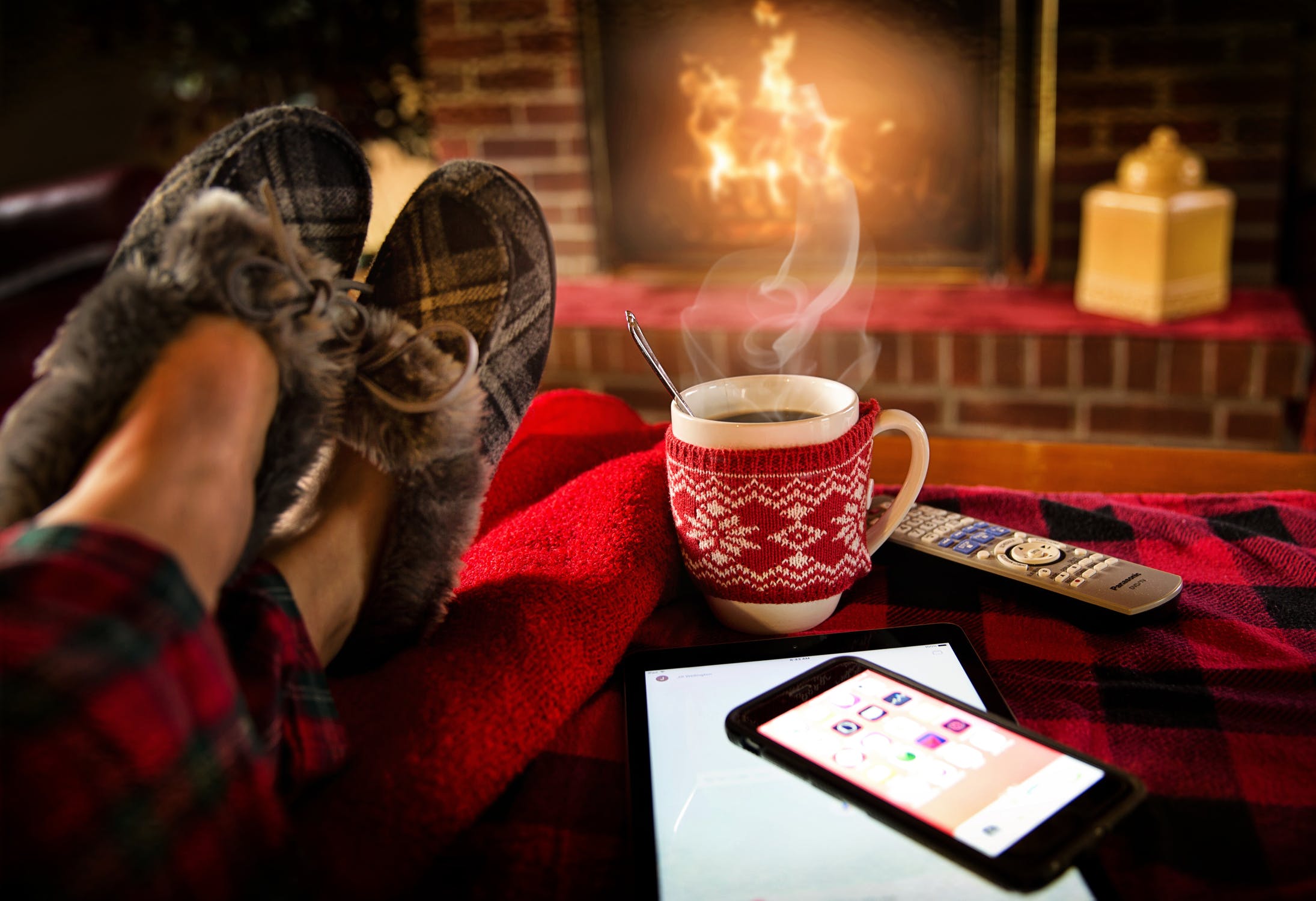Winterizing Your Property in 10 Steps
How to best prepare vacant rentals for the cold season to prevent property damage and related repair costs.

2018 began with temperatures hitting record lows across the country. Dealing with ice, snow and frost will be a common occurrence for many Americans this winter, which is why it is important to make properties safe for tenants, aiming to minimize slipping hazards and annoyances resulting from weather-damaged or malfunctioning amenities. Winter-proofing for the safety of tenants is just as important as Winterizing vacant rental properties. This post explains why vacant lots are most vulnerable in the cold season, and how to best prepare them for the cold season to prevent property damage and related repair costs.
Why do vacant rentals need to be Winterized?
Whether tenants are on vacation or a property is simply waiting to be rented out, planning to prepare it for vacancy should be made a priority for safety reasons - and even more so when freezing temperatures and harsh weather also become a concern. Snowstorms can become a frequent occurrence and bring along the burdens of snow buildup, drops in temperature can cause entire systems to freeze and become compromised, while the cold season itself makes it that much worse for both property managers and tenants to experience the discomforts of failing systems and amenities.

1. Shutting off the water supply system is ideal because it is most vulnerable to breakage and damages caused by freezing temperatures. To avoid pipe bursting and leaks that could happen while the property is vacant, consult a professional and have a full water supply shut-off procedure, which is designed to “seal” the water supply system to prevent cracking, bursting and other issues caused by water freezing. After this procedure is complete, it is a good idea to leave all faucets open to both drain leftover water and prevent pressure buildup, as well as adding antifreeze fluid to toilets after they are flushed of remaining water.
2. Servicing and setting up the heating system is important to save energy, prevent malfunctions and also supplement measures taken to protect the water supply system. Some older water supply systems are connected to the heating system, and particular circumstances might make completely shutting off the water supply system unsuitable: in this case, if a property is vacant indoor spaces do not need to remain warm and livable, but leaving the heating system on and setting temperatures to 55°F or slightly higher will make it warm enough to help preventing frozen pipes. Before the property is vacated, it is adequate to have a professional check both heating and water supply systems to ensure there are no pre existing damages or weaknesses that could be worsened by the harsh season.
3. Having the electrical and HVAC systems checked, especially when planning to keep heating running. An electrician should check wiring, outlets and the main panel to make sure no system failures happen while the property is vacant - especially if the heating system and water systems also depend on it. An HVAC specialist can ensure that it is performing efficiently during the cold months and check for potential issues that could worsen while the property is vacant
4. Shutting off gas lines to prevent incidents related to gas leaks while the property is inhabited. Having a professional check the state of gas lines is also a good way to ensure the continued safety of the system.
5. Unplugging all appliances makes it so they do not use unnecessary “phantom energy” while keeping them from being the cause of a short out that could cause a fire.
6. Having the gutters cleaned and the roof inspected to avoid ice and snow buildups that could add strain to the roof and flood the space.
7. Repairing cracks, openings and drafts both prevents pests and wildlife from accessing the property as well as making sure that the indoor temperature does not drop, potentially leading the heating system to function inefficiently.

8. Inspecting trees and surrounding vegetation allows a professional landscaper to check whether any dead trees or branches could become hazardous in extreme weather conditions.
9. Installing a security system allows remote monitoring of the property, which helps preventing break-ins and remaining alert and aware of the overall conditions. Video, Bluetooth and sensor systems are able to send out real-time alerts that facilitate immediate responses following the detection of unexpected activity but also leaks and electrical faults. Even opting for a simpler system - such as automatic, pre-set outdoor lighting for the night time - can be significantly helpful with making the property look occupied to potential burglars.
10. Directing mail and packages to a new address makes the property look occupied by avoiding overflowing mailboxes and busy porches to become a clear sign of vacancy to passerby’s, which again can be an invitation for break-ins.

